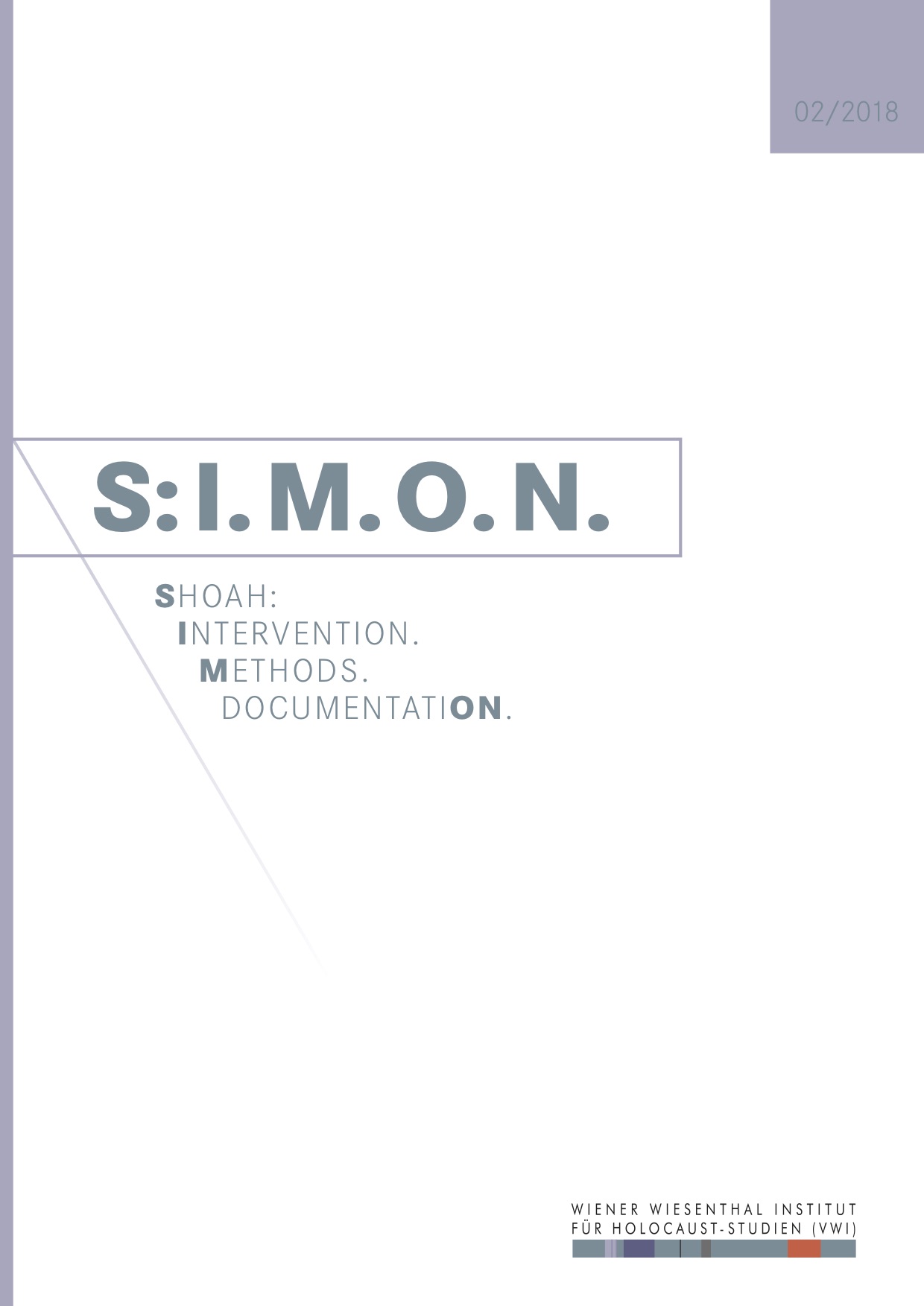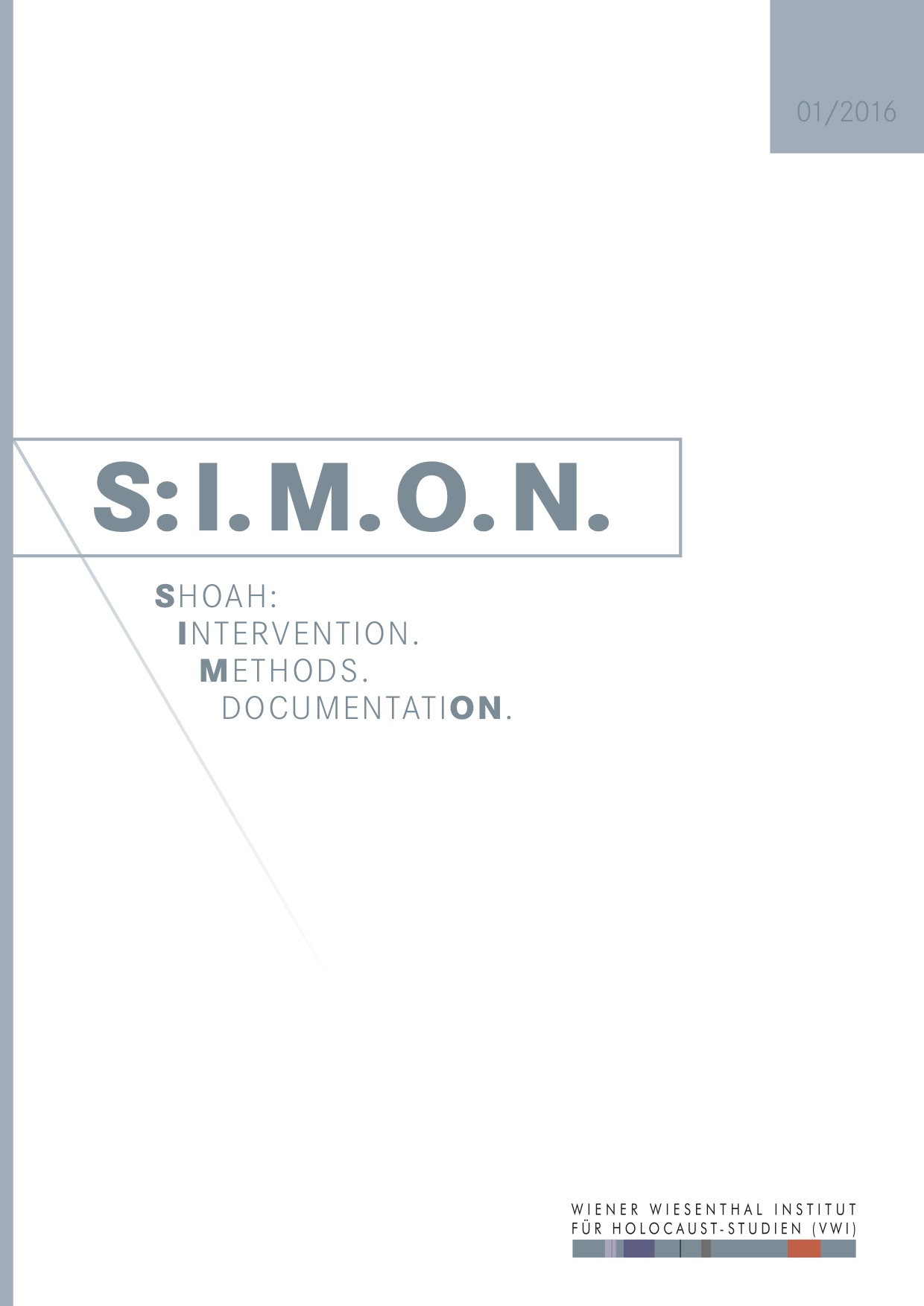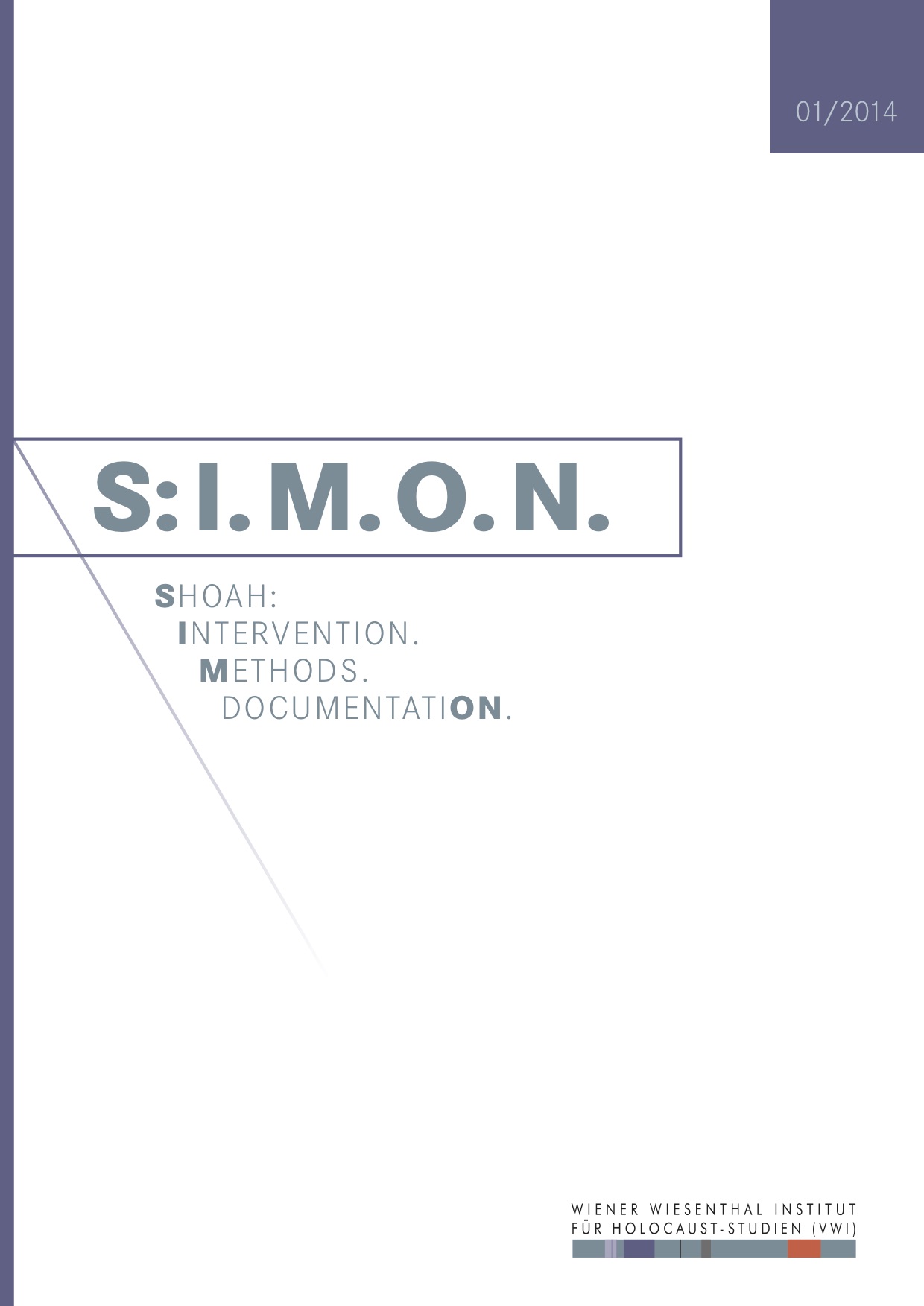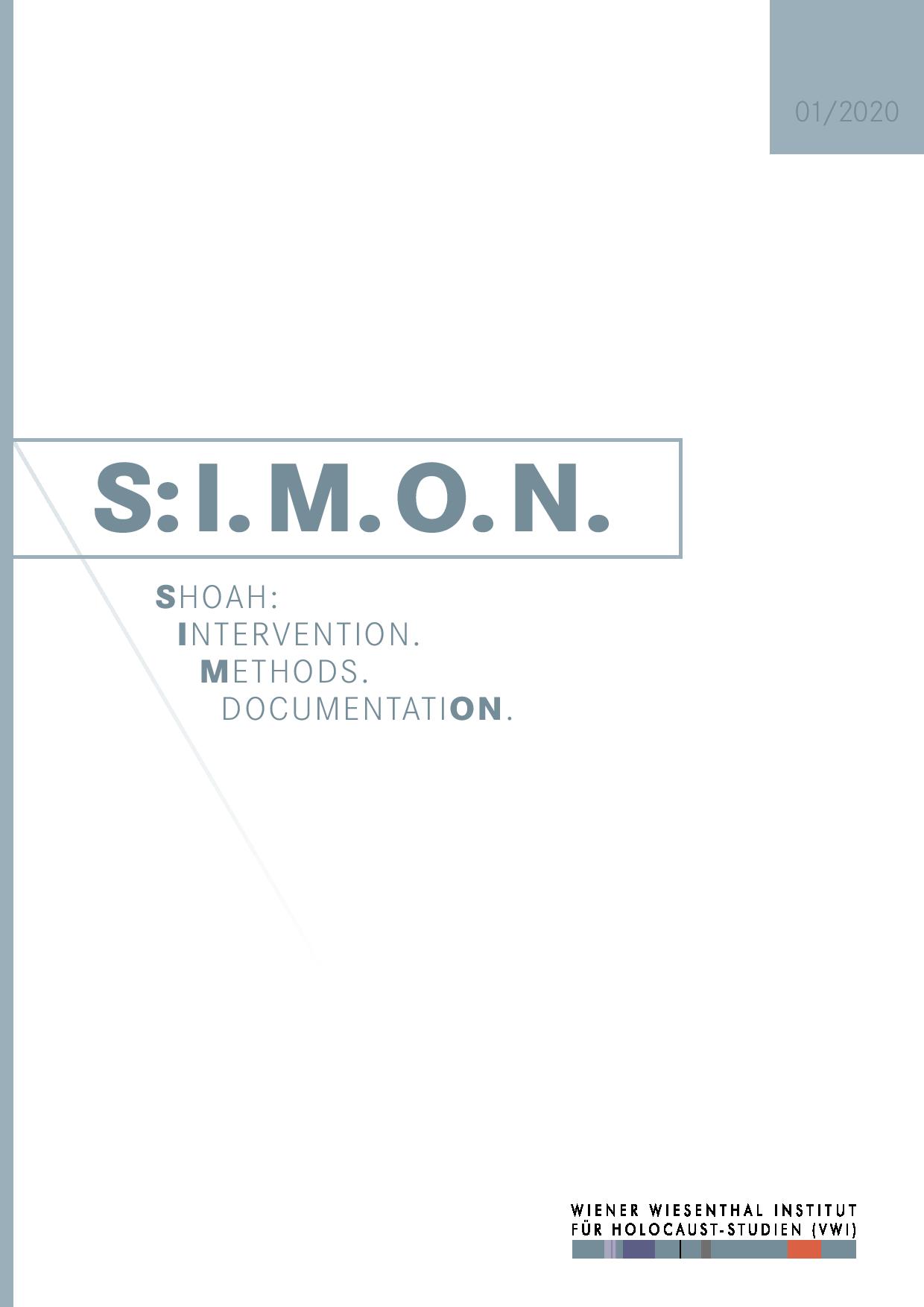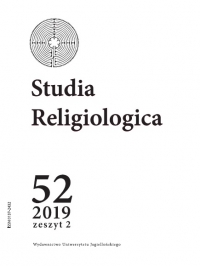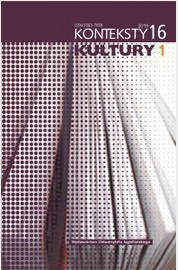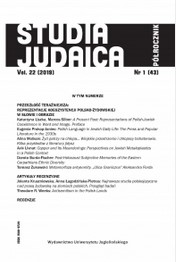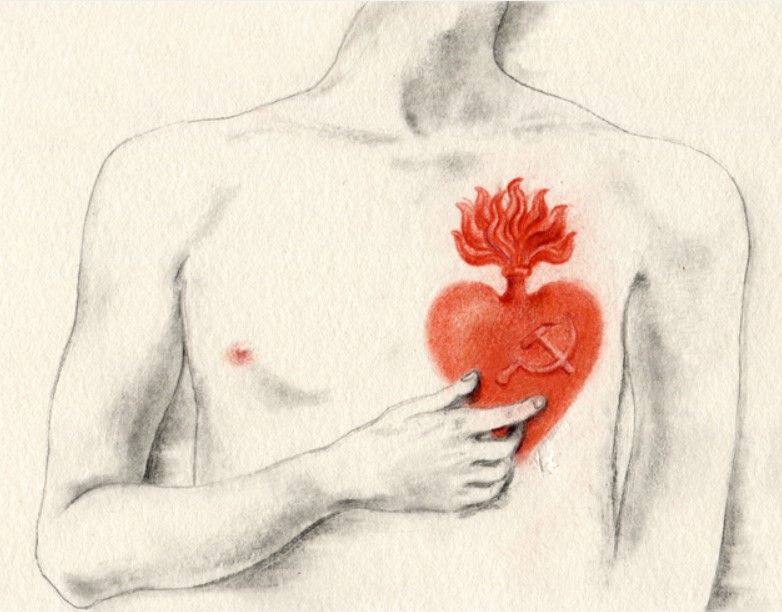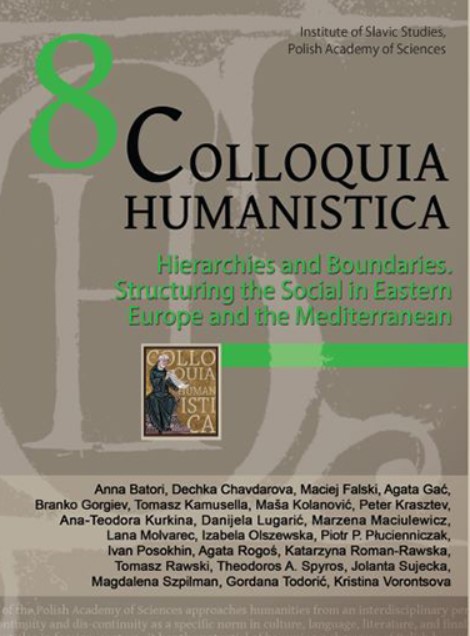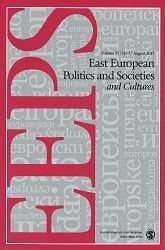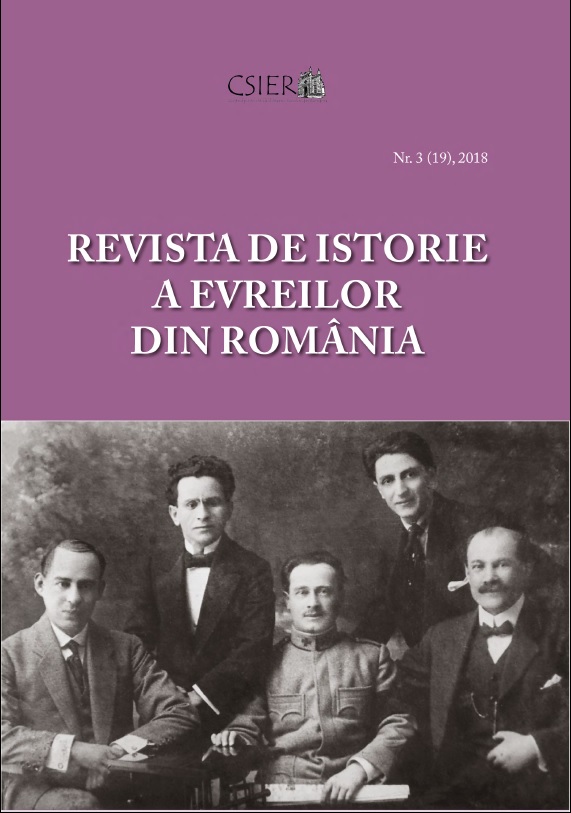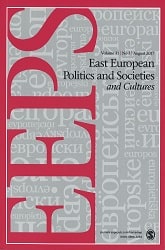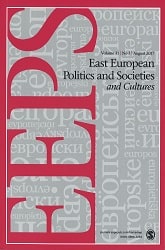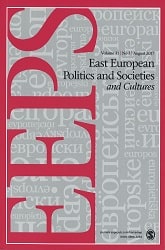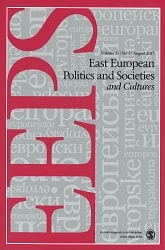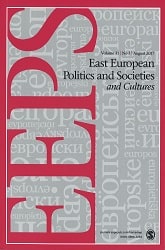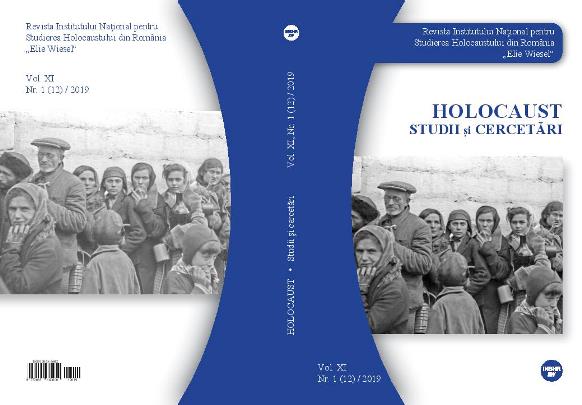
The Romanian Participation in the Holocaust by Bullets
At the beginning of Operation ‘Barbarossa’, the 6th ‘Vânători’ (Huntsmen) Regiment wasstationed near the Prut River, waiting for orders from the 14th Infantry Division to cross itinto Bessarabia through the Sculeni border point. This article studies the involvement ofsoldiers belonging to that regiment in the earliest actions aimed at exterminating the Jewsduring the summer campaign of 1941. The study has two parts. In part one, I present themanner in which the withdrawal from Bessarabia, in 1940, was perceived by members ofthe regiment. At the same time, I present the ways in which the hatred against the Jews wasfueled, through orders and intelligence reports sent by the higher echelons of the militaryto the members of the regiment. The last pages in the first part of the study about this unitof the Romanian Army aims at reconstructing the soldiers’ involvement in the exterminationof the Sculeni Jews in the early days of the war. The other massacres in which soldiers ofthe 6th ‘Vânători’ Regiment were involved are focused on in the latter part of this project.
More...
